When I began this project, overhauling a stock WASR Romanian 7.62 x 39 AK, I really wanted to address the externals. AKs have always fascinated me, and I wanted to take one through a solid revision and see how some modernization impacted the performance. Now, on my third pass, I’m diving deep inside and working on the piston.
What’s wrong with the traditional AK piston?
I’d take an AK’s piston over a direct impingement AR any day, personally, but there are still some issues with the AK-47’s piston if you want to shoot suppressed. The main one is the lack of adjustability. If you intend to shoot suppressed, an adjustable piston will allow you to dial in the gas pressure to keep the pressure balanced.
When an AK (or any gas-operated rifle) fires, the bullet travels toward the end of the barrel. Behind it, pushing the projectile is a burning cloud of gasses. In the split second before the bullet exits the barrel, some of that gas is diverted into the gas tube, where it pushes a piston back toward the shooter.
This is the action that drives the bolt to the rear, ejects the empty brass, and compresses the spring that—when the pressure subsides—drives the bolt back into battery. It is a beautiful thing to watch in slow motion.
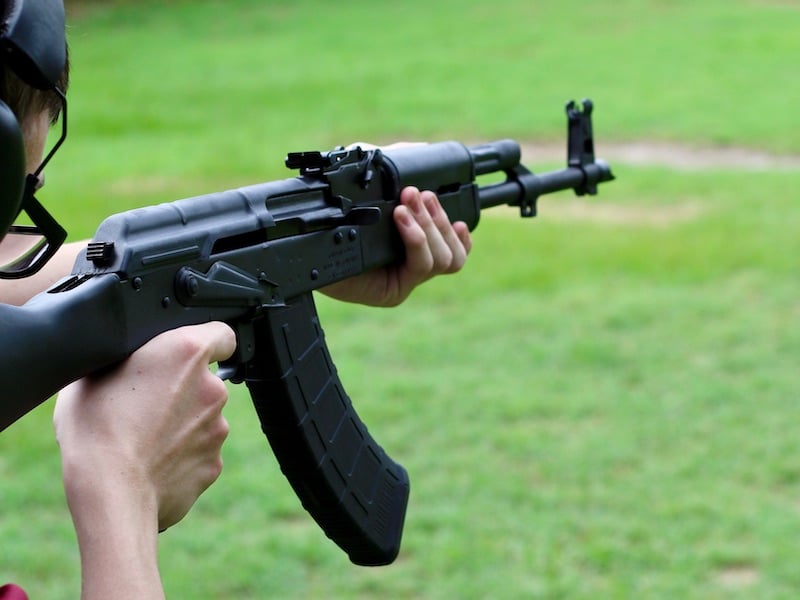
What happens when you add a suppressor to an AK?
The goal, obviously, is a serious reduction in the noise of the 7.62×39 report. The suppressor will capture the expanding gasses, redirect the path of those gasses, cool them dramatically by forcing them in, under, and around a lot of internal surfaces, and still allow the bullet to escape unimpeded.
But the suppressor interrupts the natural path of the gas and creates back pressure in the system. Too much gas. That gas wants to escape however it can, and some of it presses hard against the piston.
When there’s too much gas hitting the piston, it may travel faster than it should. The repetitive stress of a gun that’s over-gassed adds wear to the action. It can even break parts. Actual breakage is uncommon in the AK platform, but there’s still no reason to beat your gun up.
The AR platform addresses this problem most commonly with an adjustable gas block. These exist for the AK, too. The adjustable piston, though, is also a solid option. Make sure you get the right gas length—like this one for the AKM.
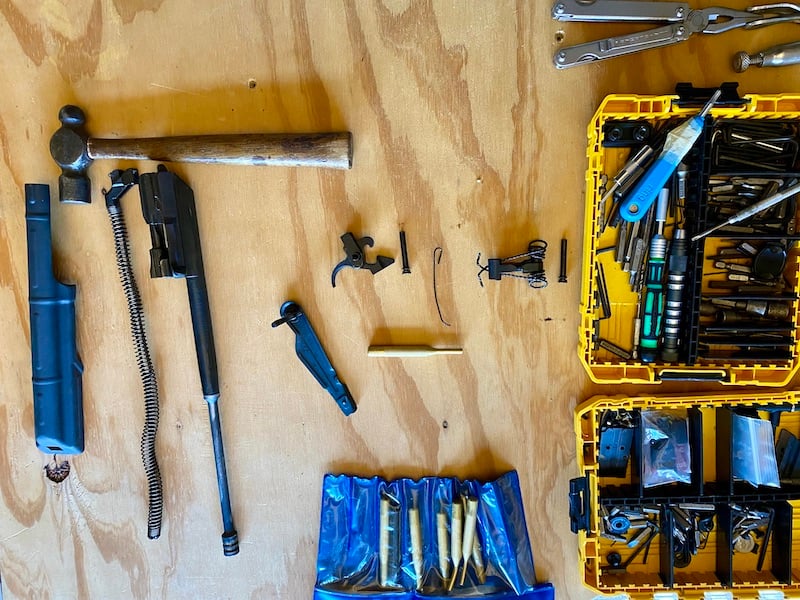
The KNS Precision Adjustable Gas Piston
The way this works—once it is in the gun—is easy to understand. The collar has grooves running perpendicular to the piston’s shaft. Gas, hitting the plunger, escapes down these grooves. Turning this collar moves it up or down, restricting or opening up the line for more gas.
As all of this is enclosed within the gas tube, you will need to open the gun up to make adjustments. After installation, take the gun for a test run.
Before you start on the build, take the gun (assuming you’re not building this from the ground up) and have an assistant shoot some video of the action moving during live fire. You may be attuned to how the rifle runs in its stock form and know how it feels.
After reassembling the gun, you’ll repeat this. Close off the piston’s vents and then do another test run. In this configuration, without a suppressor, everything should be running as it did before. If it isn’t, the video will show, and you can make adjustments accordingly.
With a suppressor attached—that’s another topic entirely—you’ll want to do another test-fire. This is a trial-and-error sort of thing. I tend to open the system up completely—taking the piston from the most closed off to the most wide open—for these tests.
The results you see will vary based on the suppressor, the length of the barrel, and the ammo you’re using, but tracking these variables and understanding the why behind it all will help you make predictions.
Installing the piston
How handy are you? Most AK pistons are riveted to the bot carrier. Rivets suck.
Look closely at the top of the bolt carrier, near the piston, and you can see where the pin has been peened over and then ground to match the profile of the bolt carrier. It will likely be a thin line that gives it away.
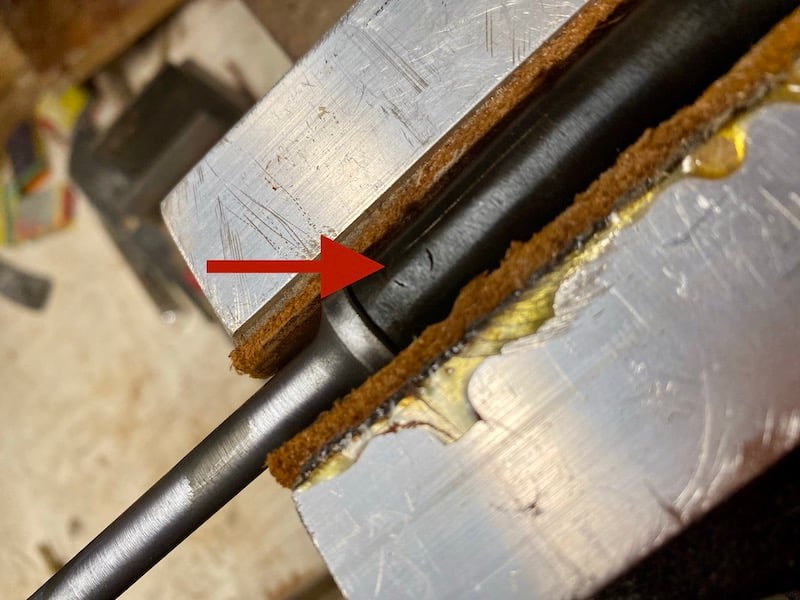
A center punch here makes it easier to drill out. If you try to drill out the head, your bit may skate on the steel. Not good. Punch an indentation, then drill it out (I used a 5/32 bit).
You aren’t drilling through the bolt carrier—just through the tip of the rivet’s top. Once that is free (you’ll feel the change through the drill if you are using a hand drill), stop.
Next, drift the remaining body down and out. A brass punch and a light hammer make easy work of this. This rivet isn’t holding in the actual piston—that screws into the bolt carrier. When the pin is out, you should be able to turn the piston by hand.
To add the KNS, you simply screw the new piston back in. At its base, there are two through-holes. This allows for some of the AK’s notoriously loose tolerances. Simply screw it in place, and get it far enough in to align one of those holes with the bolt carrier, then insert one of the roll pins that comes with the kit and tap it into place (a roll pin punch will make this much easier).
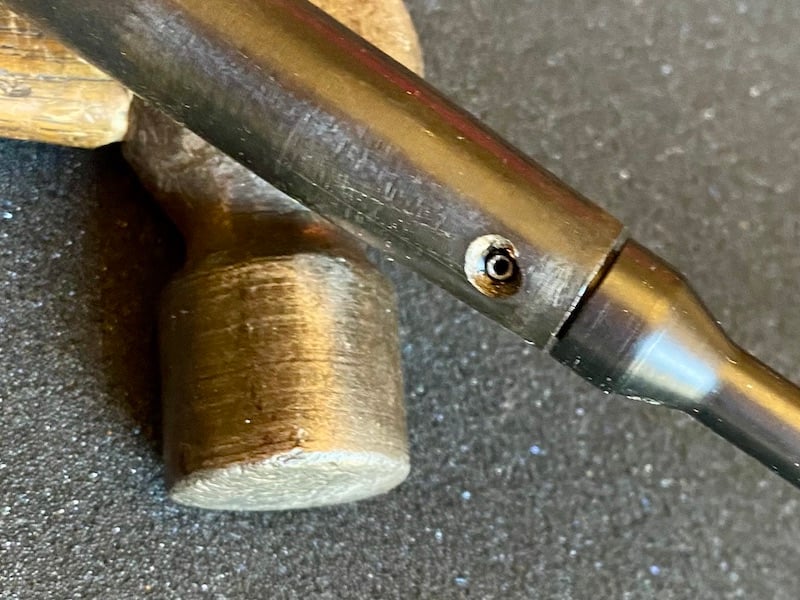
At this point, you should be ready to go. The roll pin will prevent the piston from spinning loose. Make sure it is deep enough in, slightly counter-sunk on both sides, and it won’t interfere with the motion.
Dry fit your parts, and make sure everything works as intended by cycling the action a few times. If something is off, you may have the wrong length. KNS makes many, as there are many gas-system lengths in AK land (and they make other useful parts, too).
Does it work?
There’s only one way to tell. Hit the range.
With the rifle back together and cycling like it should, you’ll need to test out the various piston positions to see what runs best with what you’re shooting. Keep in mind that not all 7.62×39 is the same.
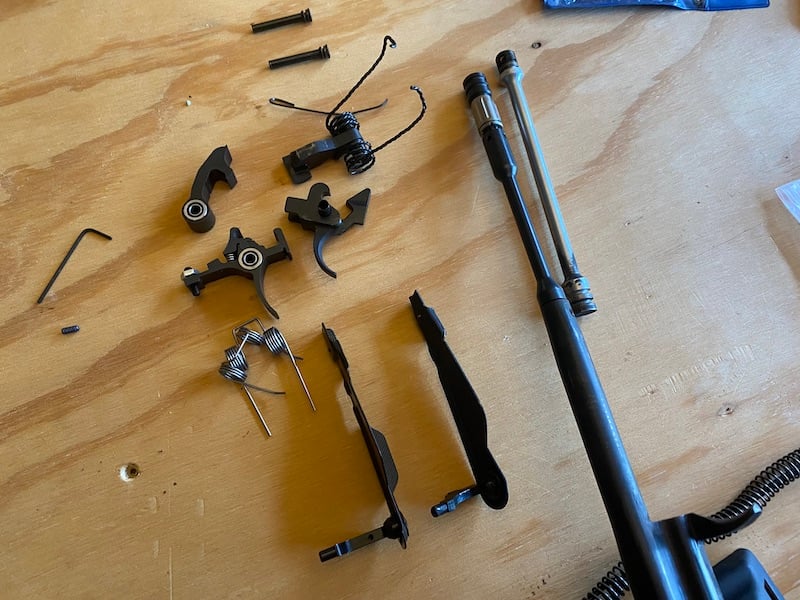
I tend to use two settings more than others–the one that works best for suppressed fire and the one that allows the gun to run reliably with steel-cased import ammo. With those two variables known, this gun has taken on an entirely new level of functionality.


